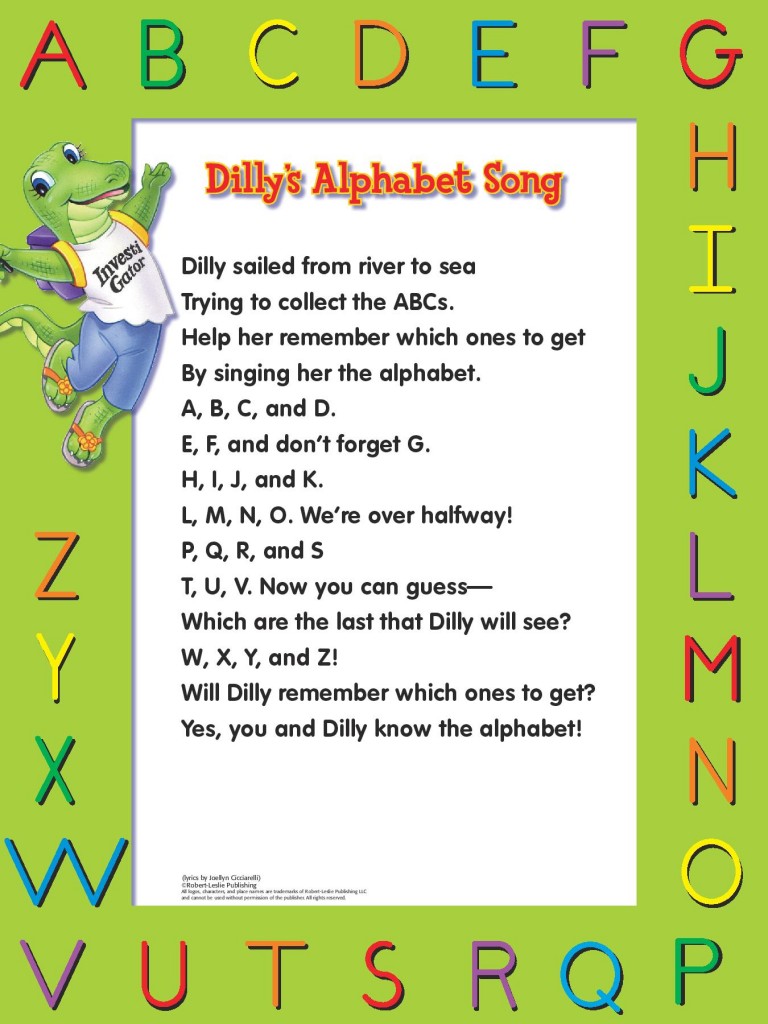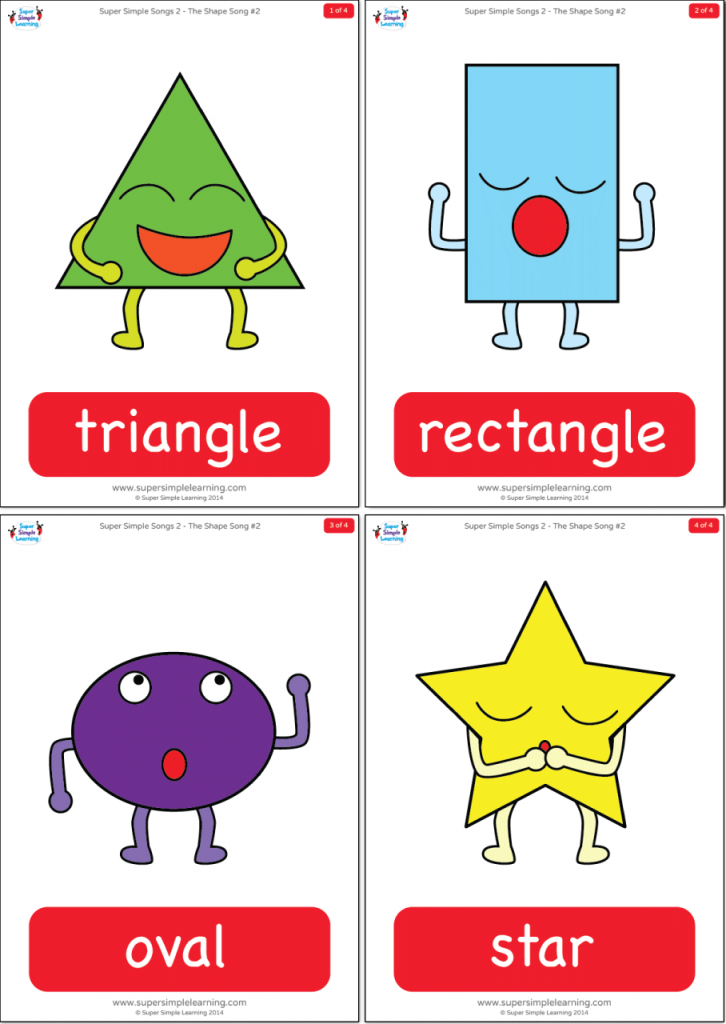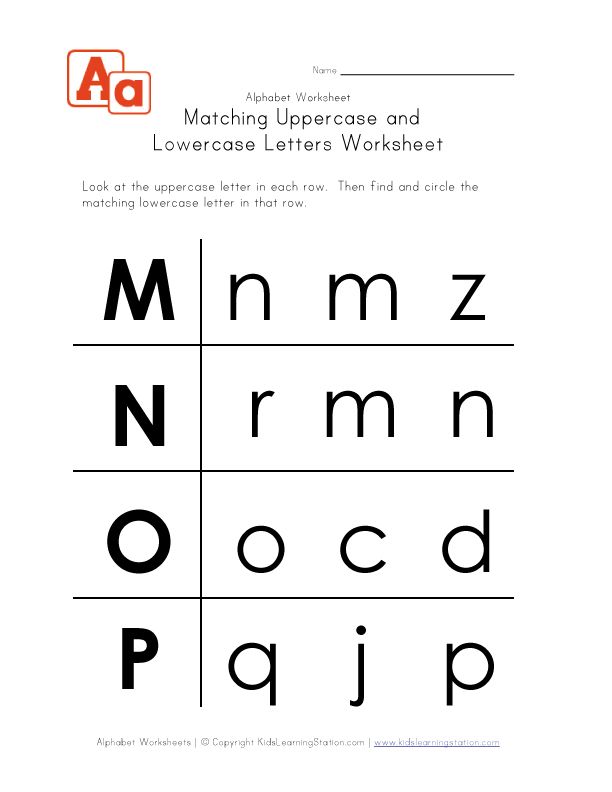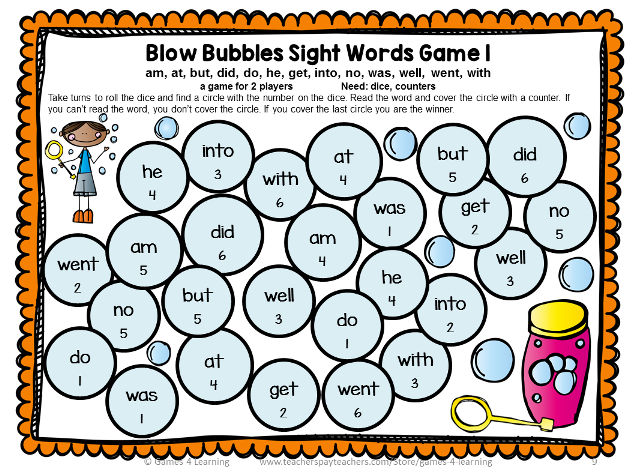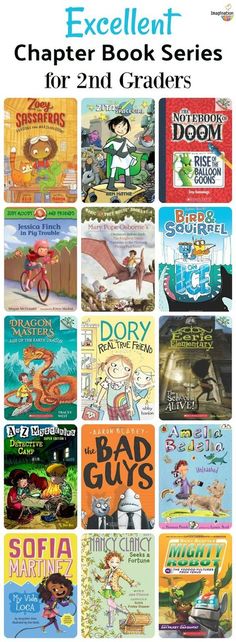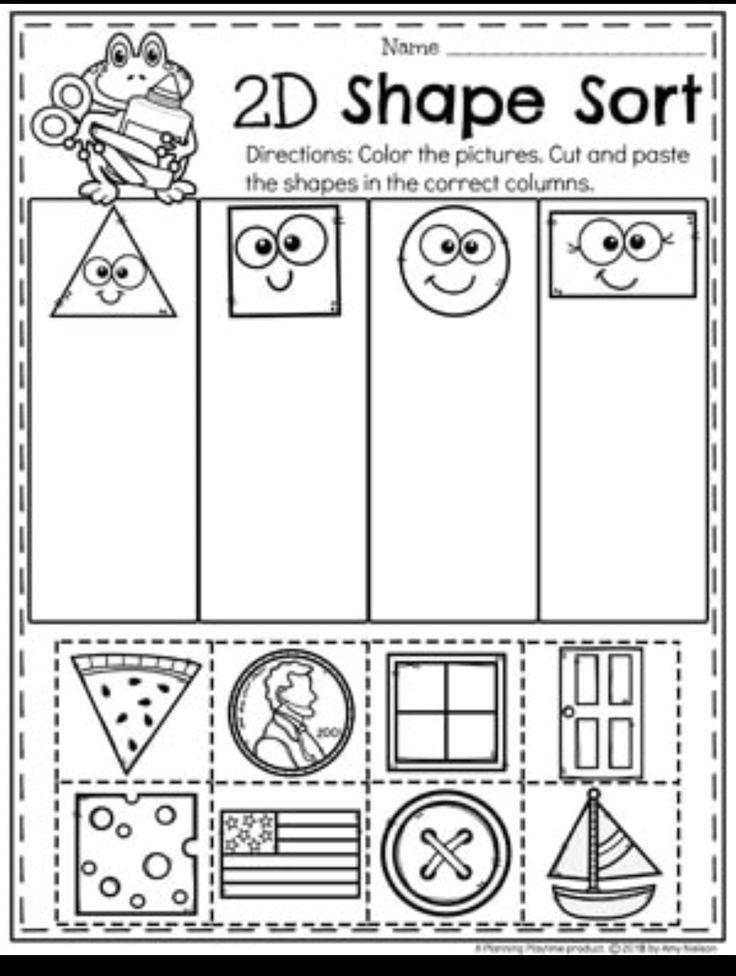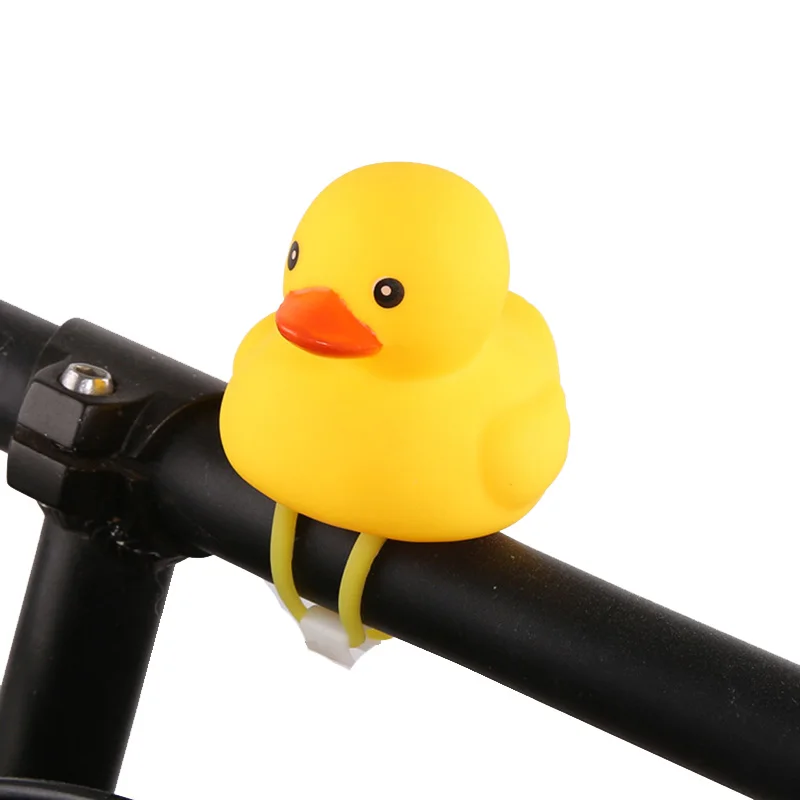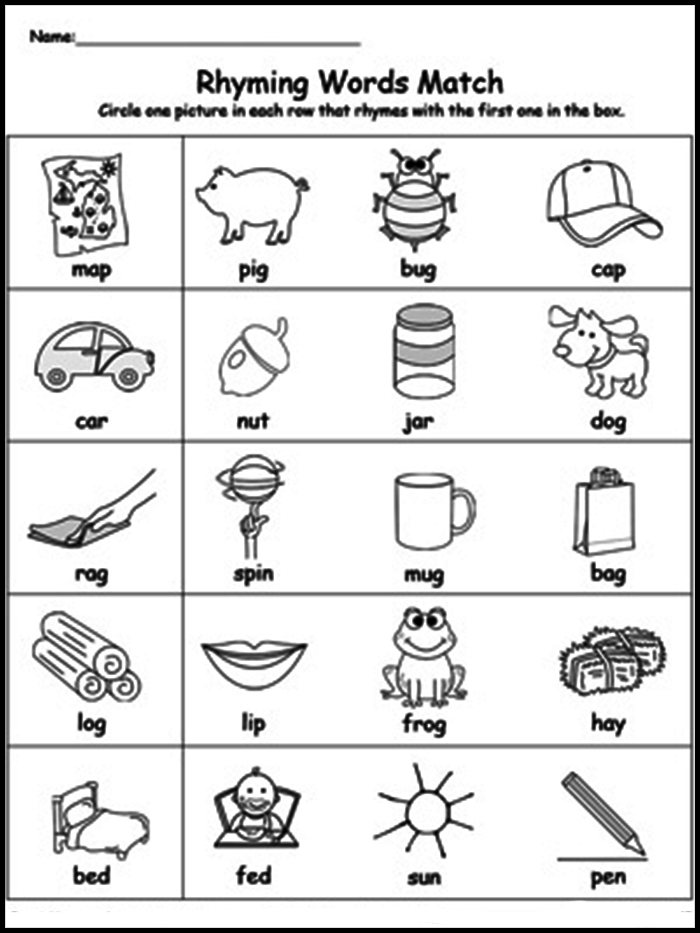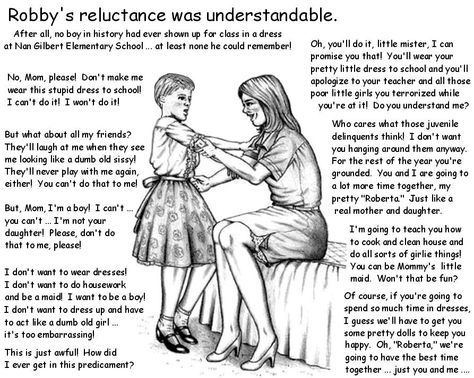How to teach the child
New skills for kids & behaviour management
Helping children learn new skills as part of behaviour management
When children can do the things they want or need to do, they’re more likely to cooperate. They’re also less likely to get frustrated and behave in challenging ways. This means that helping children learn new skills can be an important part of managing behaviour.
When children learn new skills, they also build independence, confidence and self-esteem. So helping children learn new skills can be an important part of supporting overall development too.
Here’s an example: if your child doesn’t know how to set the table, they might refuse to do it – because they can’t do it. But if you show your child how to set the table, they’re more likely to do it. They’ll also get a sense of achievement and feel good about helping to get your family meal ready.
There are 3 key ways you can help children learn everything from basic self-care to more complicated social skills:
- modelling
- instructions
- step by step.
Remember that skills take time to develop, and practice is important. But if you have any concerns about your child’s behaviour, development or ability to learn new skills, see your GP or your child and family health nurse.
When you’re helping your child learn a skill, you can use more than one teaching method at a time. For example, your child might find it easier to understand instructions if you also break down the skill or task into steps. Likewise, modelling might work better if you give instructions at the same time.
Modelling
Through watching you, your child learns what to do and how to do it. When this happens, you’re ‘modelling’.
Modelling is usually the most efficient way to help children learn a new skill. For example, you’re more likely to show rather than tell your child how to make a bed, sweep a floor or throw a ball.
Modelling can work for social skills. Prompting your child with phrases like ‘Thank you, Mum’, or ‘More please, Dad’ is an example of this.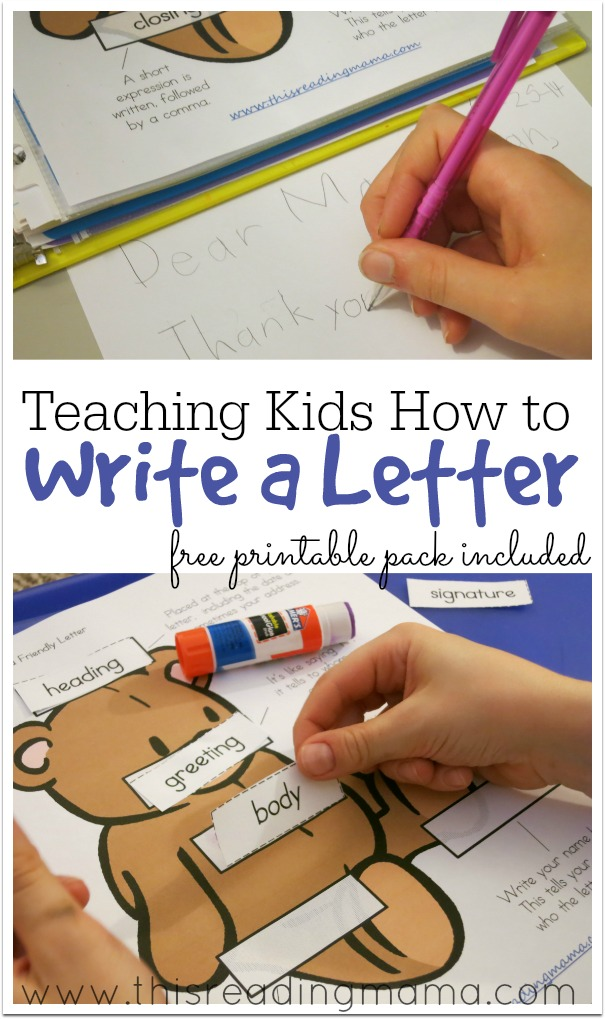
You can also use modelling to show your child skills and behaviour that involve non-verbal communication, like body language and tone of voice. For example, you can show how you turn to face people when you talk to them, or look them in the eyes and smile when you thank them.
Children also learn by watching other children. For example, your child might try new foods with other children at preschool even though they might not do this at home with you.
How to make modelling work well
- Get your child’s attention, and make sure your child is looking at you.
- Move slowly through the steps of the skill so that your child can clearly see what you’re doing.
- Point out the important parts of what you’re doing – for example, ‘See how I am …’. You might want to do this later if you’re modelling social skills like greeting a guest.
- Give your child plenty of opportunities to practise the skill once they’ve seen you do it – for example, ‘OK, now you have a go’.
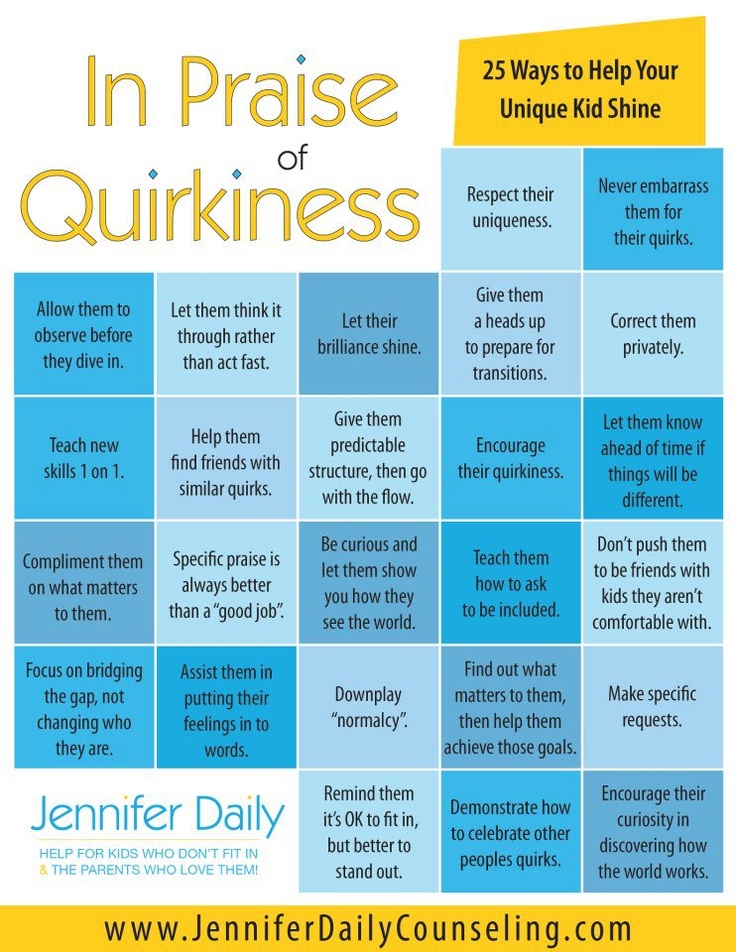
Instructions
You can help your child learn how to do something by explaining what to do or how to do it.
How to give good instructions
- Give instructions only when you have your child’s attention.
- Use your child’s name and encourage your child to look at you while you speak.
- Get down to your child’s physical level to speak.
- Remove any background distractions like the TV.
- Use language that your child understands. Keep your sentences short and simple.
- Use a clear, calm voice.
- Use gestures to emphasise things that you want your child to notice.
- Gradually phase out your instructions and reminders as your child gets better at remembering how to do the skill or task.
A picture that shows your child what to do can help them understand the instructions. Your child can check the picture when they’re ready to work through the instructions independently. This can also help children who have trouble understanding words.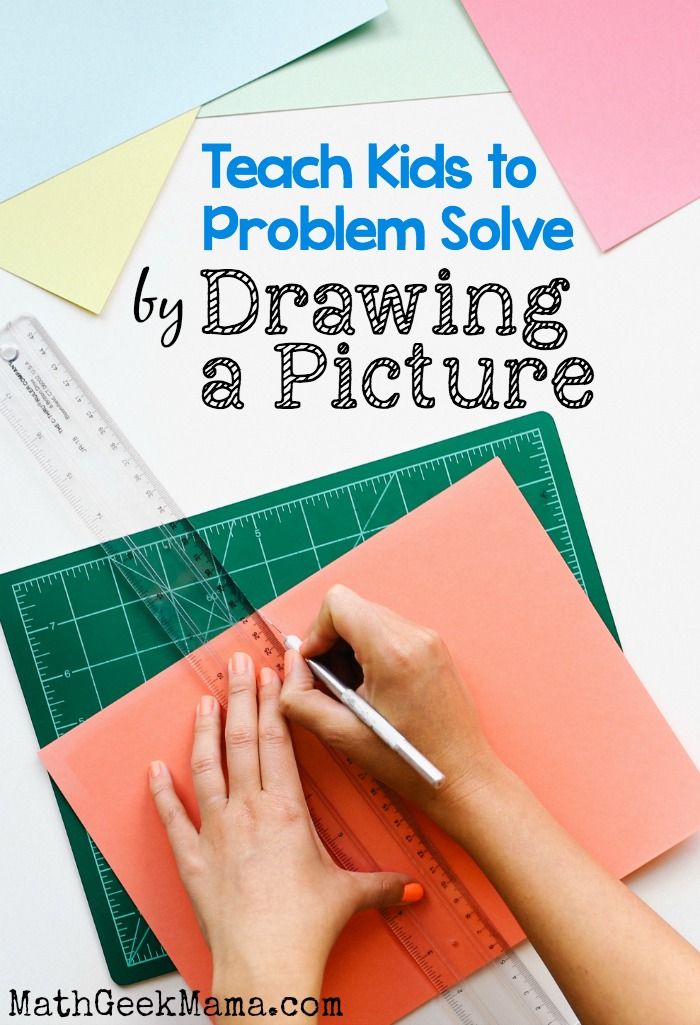
Sometimes your child won’t follow instructions. This can happen for many reasons. Your child might not understand. Your child might not have the skills to do what you ask every time. Or your child just might not want to do what you’re asking. You can help your child learn to cooperate by balancing instructions and requests.
Step-by-step guidance: breaking down tasks
Some skills or tasks are complicated or involve a sequence of actions. You can break these skills or tasks into smaller steps. The idea is to help children learn the steps that make up a skill or task, one at a time.
How to do step-by-step guidance
- Start with the easiest step if you can.
- Show your child the step, then let them try it.
- Give your child more help with the rest of the task or do it for them.
- Give your child opportunities to practise the step.
- When your child can do the step reliably and without your help, teach them the next step, and so on.

- Keep going until your child can do the whole skill or task for themselves.
An example of step-by-step guidance
Here’s how you could break down the task of getting dressed:
- Get clothes out.
- Put on underpants.
- Put on socks.
- Put on shirt.
- Put on pants.
- Put on a jumper.
You could break down each of these steps into parts as well. This can help if a task is complex or if your child has learning difficulties. For example, ‘Put on a jumper’ could be broken down like this:
- Face the jumper the right way.
- Pull the jumper over your head.
- Put one arm through.
- Put your other arm through.
- Pull the jumper down.
Forwards or backwards steps?
You can help your child learn steps by moving:
- forwards – teaching your child the first step, then the next step and so on
- backwards – helping your child with all the steps until the last step, then teaching the last step, then the second last step and so on.
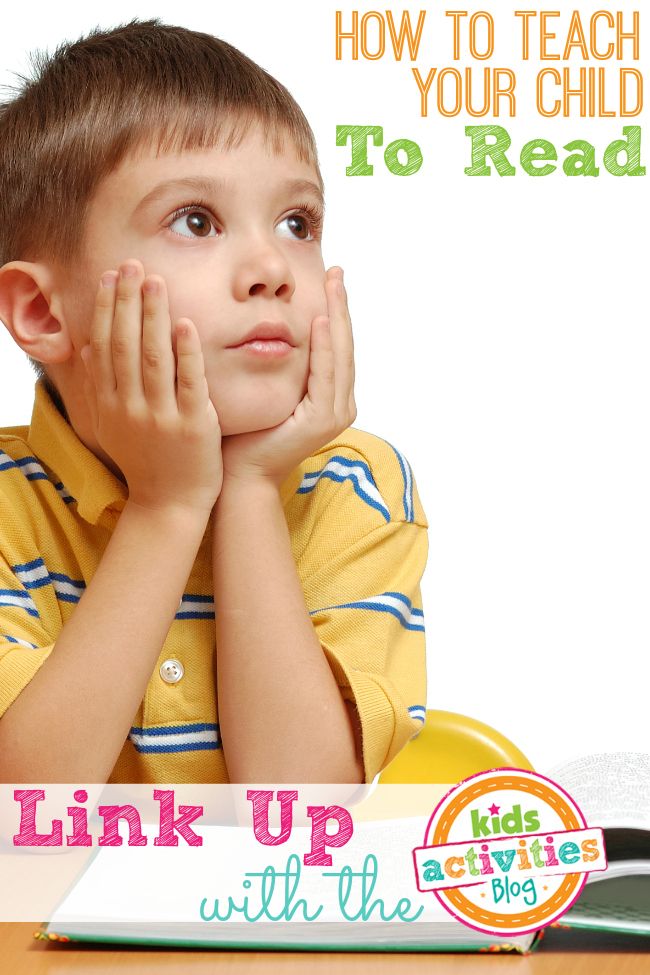
Learning backwards has some advantages. Your child is less likely to get frustrated because it’s easier and quicker to learn the last step. Also the task is finished as soon as your child completes the step. Often the most rewarding thing about a job or task is getting it finished!
In the earlier example, you might teach your child to get dressed by starting with a jumper. You’d help your child get dressed until it came to the final step – the jumper.
You might help your child put the jumper over their head and put their arms in – then you might let your child pull the jumper down by themselves. Once your child can do this, you might encourage your child to put their arms through by themselves and then pull the jumper down. This would go on until your child can do each step, so they can do the whole task for themselves.
When your child is learning a new physical skill like getting dressed, it can help to put your hands over your child’s hands and guide your child through the movements.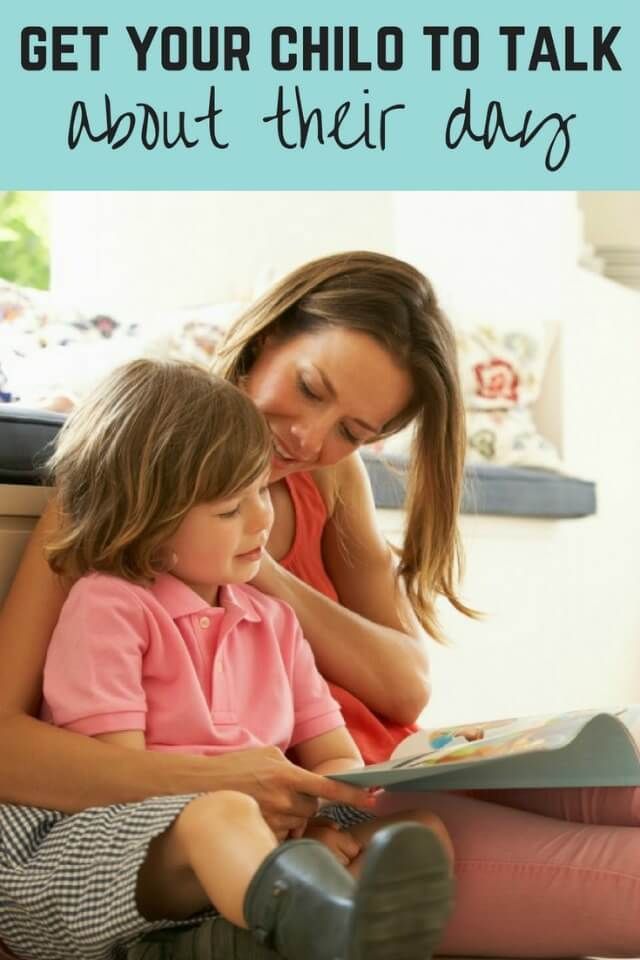 Phase out your help as your child begins to get the idea, but keep saying what to do. Then simply point or gesture. When your child is confident with the skill, you can phase out gestures too.
Phase out your help as your child begins to get the idea, but keep saying what to do. Then simply point or gesture. When your child is confident with the skill, you can phase out gestures too.
Tips to help children learn new skills
No matter which of the methods you use, these tips will help your child learn new skills:
- Make sure that your child has the physical ability and developmental maturity to handle the new skill. You might need to teach your child some basic skills before working on more complicated skills.
- Consider timing and environment. Children learn better when they’re alert and focused, so it can be good to work on new skills in the morning or after rest time. It’s also good to avoid distractions, like the TV or younger siblings.
- Give your child the chance to practise the skill. Skills take time to learn, and the more your child practises, the better.
- Give lots of praise and encouragement, especially in the early stages of learning.
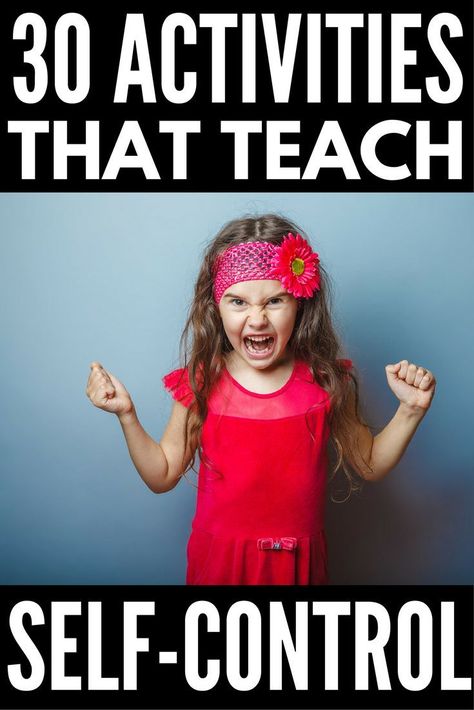 Praise your child when they follow your instruction, practise the skill or try hard, and say exactly what your child did well.
Praise your child when they follow your instruction, practise the skill or try hard, and say exactly what your child did well. - Avoid giving negative feedback. Rather than saying your child has done it ‘wrong’, use words and gestures to explain 1-2 things your child could do differently next time.
Remember that behaviour might get worse before it improves, especially if you’re asking more from your child. A positive and constructive approach can help – for example, ‘Well done for getting the knots on your laces right! Would you like to do the loops together today?’
Teaching your child everyday skills
When children play, they're learning what they want to learn. Often these will be things you want them to learn, too.
Sometimes, though, your child may need some extra help from you to learn the necessary skills they'll need throughout their lives.
For example, these skills can be learning to use a potty, how to wash and dress themselves, what not to touch, and where it's not safe to run.
Tips for everyday life with kids
The following suggestions can make life easier for both you and your child.
Wait until you think your child's readyIf you try to teach them something too soon, you'll both end up getting frustrated. If you try teaching them something and it doesn't work out, leave it for a few weeks and try again.
Don't make it into a big dealYour child might learn to eat with a spoon very quickly, but they may still want to be fed when they're tired.
They might use the potty a few times and then want to go back to nappies.
Try not to worry – this doesn't mean you have failed. It won't take them long to realise they want to learn to be grown up and independent.
Keep them safeYoung children can't understand why they shouldn't play with electrical goods or breakable objects.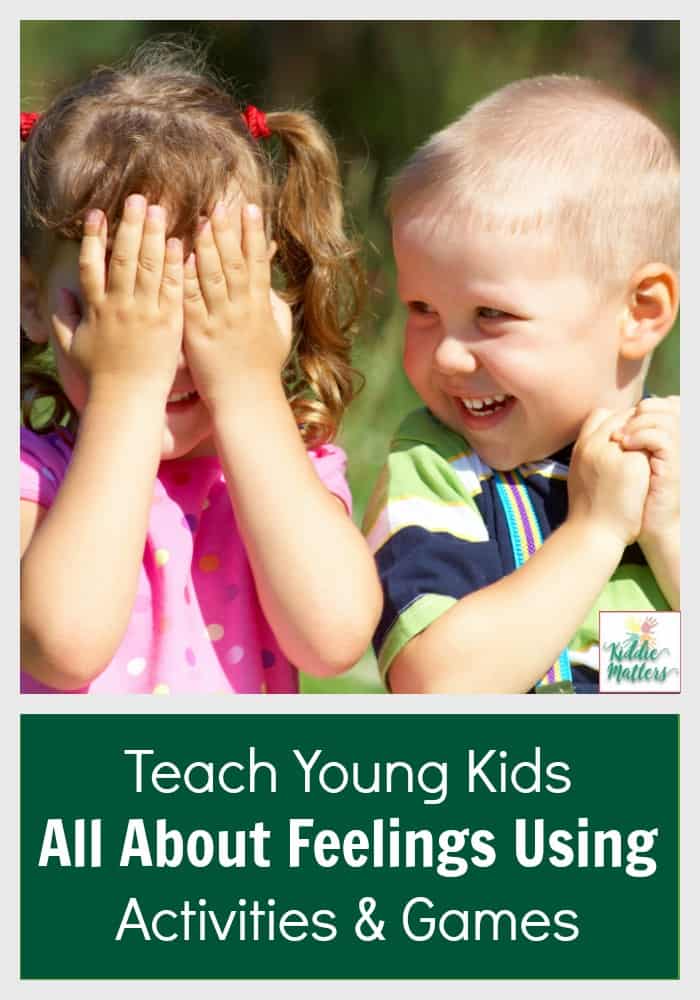 It's easier to keep things you don't want touched well out of their way.
It's easier to keep things you don't want touched well out of their way.
Your child wants to please you. If you give them a big smile, a cuddle or praise when they do something right, they're much more likely to do it again. This works a lot better than telling them off for doing something wrong.
Be realisticDon't expect perfection or instant results. If you assume everything is going to take a bit longer than you thought, you'll be pleasantly surprised if it doesn't.
Set an exampleYour child wants to be like you and do what you do. Let them see you washing, brushing your teeth and using the loo.
Be firmChildren need firm, consistent guidelines. They often feel more secure if you stick to the limits you have set, even if they don't like them or try to test them.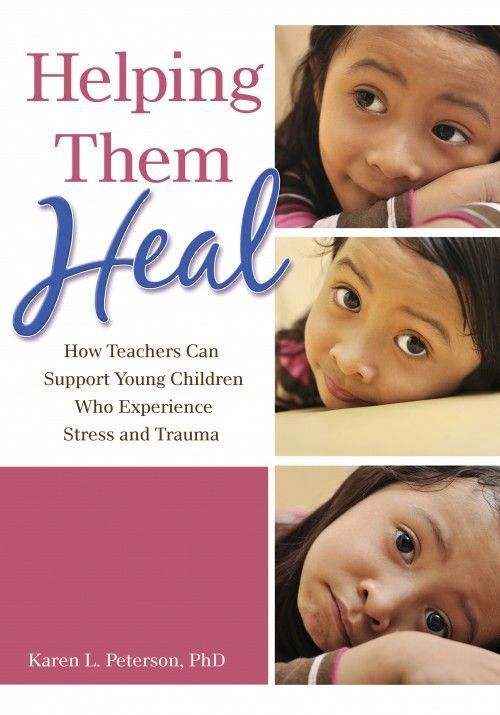
Boundaries work far better when you explain to your child why they're there. For example, if you pull them away from an open fire, explain why.
Be consistentFor the same reason, it's important that everyone who looks after your child adopts a similar approach to their upbringing, including bedtime routines, meal times, discipline and screen time.
If you and your partner or you and your childminder (or nursery or nanny) do things very differently, your child won't learn as easily.
Match your circumstancesDo what's right for your child, you and the way you live. Don't worry about what the child next door can or can't do. It's not a competition.
Further information
- Baby and toddler safety
- Dealing with child behaviour problems
Page last reviewed: 4 August 2022
Next review due: 4 August 2025
How to teach a child to read: important rules and effective techniques
October 26, 2022 Likbez Education
Teaching a preschooler to read without losing interest in books is real. Lifehacker has selected the best ways for responsible parents.
Lifehacker has selected the best ways for responsible parents.
How to understand that it is time to teach a child to read
There are several signs of psychological readiness.
- The child speaks fluently in sentences and understands the meaning of what is said.
- The child understands directions: left-right, up-down. For learning to read, it is important that the baby can follow the text from left to right and from top to bottom.
- The child distinguishes sounds (what speech therapists call developed phonemic hearing). Simply put, the baby will easily understand by ear where the house and the bow are, and where the tom and the hatch are.
- Your child pronounces all the sounds and has no speech problems.
Natalia Zharikova
Speech therapist with 33 years of experience
A child with speech therapy problems does not hear and does not distinguish similar sounds. From here come errors with speech, and subsequently with reading, and even more often with writing. It is very difficult for a parent to identify violations on their own, so usually a teacher or a speech therapist can point this out to them.
It is very difficult for a parent to identify violations on their own, so usually a teacher or a speech therapist can point this out to them.
How to teach your child to read
Be patient and follow these simple guidelines.
Set an example
In a family where there is a culture and tradition of reading, children themselves will reach for books. Read not because it is necessary and useful, but because it is a pleasure for you.
Read together and discuss
Read aloud to the child and then look at the pictures together, encouraging them to interact with the book: “Who is this picture? Can you show me the cat's ears? And who is that standing next to her?” Older children can be asked more difficult questions: “Why did he do this? What do you think will happen next?"
Don't learn the letters as they are called in the alphabet
Instead, help your child remember the sound the letter makes. For example, you show the letter "m" and say: "This is the letter m (not em )".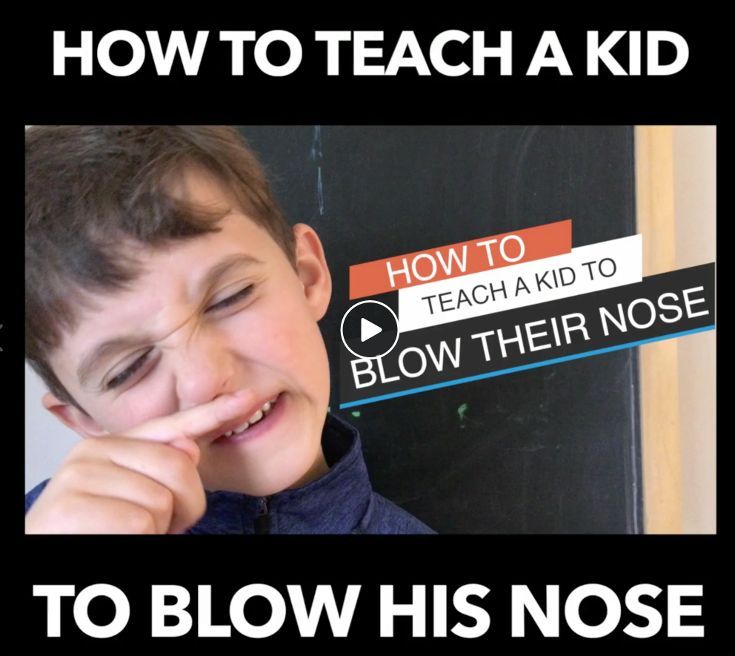 If a child remembers the alphabetic names of letters ( em , es, ef and so on), it will be quite difficult for him to learn to read. Then, when he sees the word ra-ma in the book, he will try to pronounce er-a-um-a .
If a child remembers the alphabetic names of letters ( em , es, ef and so on), it will be quite difficult for him to learn to read. Then, when he sees the word ra-ma in the book, he will try to pronounce er-a-um-a .
Go from simple to complex
Once the child has memorized a few letters (from 2 to 5) and the sounds they represent, move on to syllables. Let the words consisting of repeated syllables be the first: mum, dad, uncle, nanny . In this case, it is not necessary to break the syllable into separate sounds. Do not say: "These are the letters m and a , and together they read ma ". Immediately learn that the syllable is pronounced like ma , otherwise the baby may start to read letter by letter. After mastering simple combinations, move on to more complex ones: cat, zhu-k, house .
Help to understand the meaning of what they read
Do this when the child begins to slowly but surely reproduce words and whole sentences in syllables.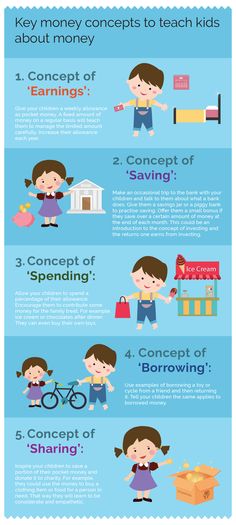 For example, the kid read: "Mom washed the frame." Stop and ask: “What did you just read about?”. If he finds it difficult to answer, let him read the sentence again. And you ask more specific questions: “Who washed the frame? What did mom wash?
For example, the kid read: "Mom washed the frame." Stop and ask: “What did you just read about?”. If he finds it difficult to answer, let him read the sentence again. And you ask more specific questions: “Who washed the frame? What did mom wash?
Show that letters are everywhere
Play a game. Let the child find the letters that surround him on the street and at home. These are the names of stores, and memos on information stands, and advertising on billboards, and even traffic light messages: it happens that the inscription “Go” lights up on green, and “Wait so many seconds” on red.
Play
And play again. Stack blocks with letters and syllables, make up words, ask your child to read you some kind of sign or inscription on the packaging in the store.
Natalia Zharikova
There are many exercises for memorizing letters. For example, circle the desired letter among a number of others, circle the correctly written among the incorrect ones, color or shade.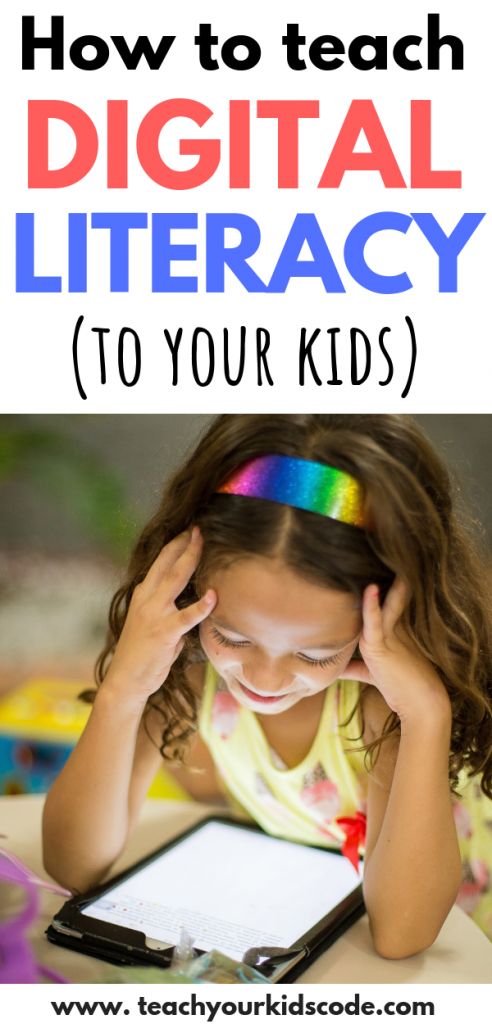 You can also ask the child to tell what the letter looks like.
You can also ask the child to tell what the letter looks like.
Use every opportunity to practice
Whether you are waiting in line at the clinic or driving somewhere, take out a book with pictures and short stories to accompany them and invite your child to read together.
Build on your success
Repeat familiar texts, look for familiar characters in new stories. Runaway Bunny is found both in "Teremka" and "Kolobok".
Do not force
This is perhaps the most important thing. Don't take away a child's childhood. Learning should not go through violence and tears.
What techniques to use to teach your child to read
Here are six popular, affordable and effective techniques. Choose one or try several and choose the one that interests your child the most.
1. ABCs and primers
Frame: This is all mine / YouTube Traditional, but the longest way. The difference between these books is that the alphabet fixes each letter with a mnemonic picture: a drum will be drawn on the page with B , and a spinning top next to Yu .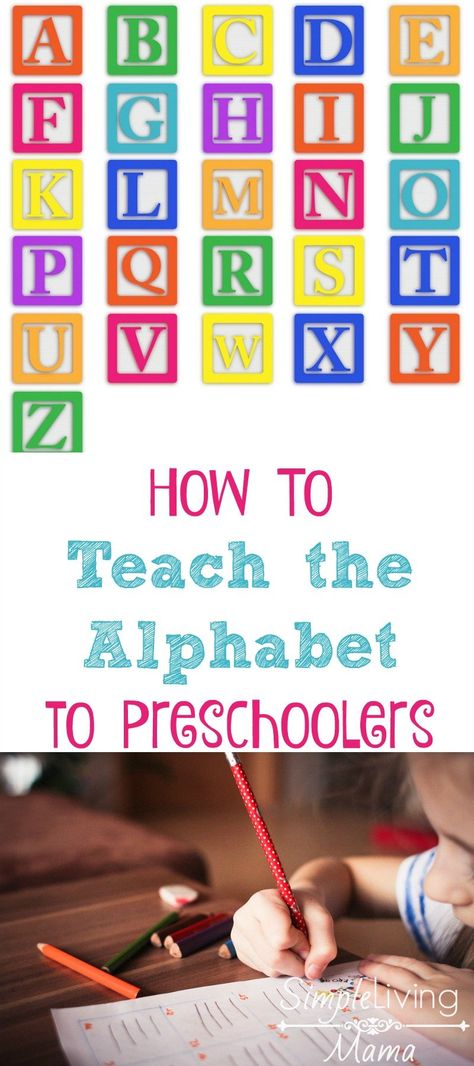 The alphabet helps to remember letters and often interesting rhymes, but will not teach you how to read.
The alphabet helps to remember letters and often interesting rhymes, but will not teach you how to read.
The primer consistently teaches the child to combine sounds into syllables, and syllables into words. This process is not easy and requires perseverance.
There are quite a lot of author's primers now. According to the books of Nadezhda Betenkova, Vseslav Goretsky, Dmitry Fonin, Natalya Pavlova, children can study both with their parents before school and in the first grade.
Parents agree that one of the most understandable methods for teaching preschoolers is Nadezhda Zhukova's primer. The author simply explains the most difficult thing for a child: how to turn letters into syllables, how to read ma-ma , and not start naming individual letters me-a-me-a .
2. Zaitsev's Cubes
Shot: Little Socrates / YouTube If a child consistently masters letters and syllables while learning from an ABC book, then in 52 Zaitsev's Cubes he is given access to everything at once: a single letter or combinations of consonant and vowel, consonant and hard or soft sign.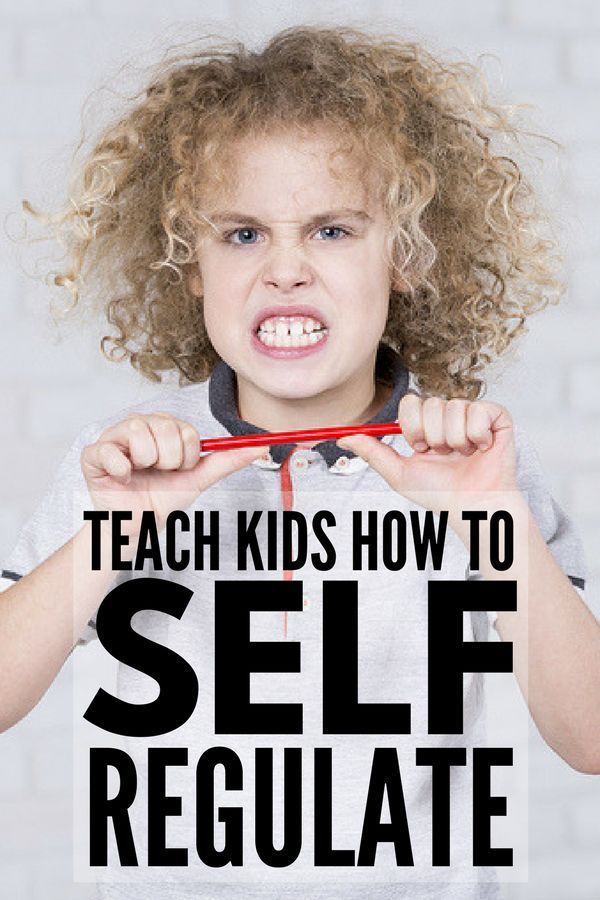
The child effortlessly learns the differences between voiceless and voiced sounds, because the cubes with voiceless consonants are filled with wood, and the cubes with voiced consonants are filled with metal.
The cubes also differ in size. The large ones depict hard warehouses, the small ones - soft ones. The author of the technique explains this by the fact that when we pronounce to (hard warehouse), the mouth opens wide, nor (soft warehouse) - lips in a half smile.
The set includes tables with warehouses that the parent sings (yes, he doesn’t speak, but sings).
The child quickly masters warehouse reading with the help of cubes. But there are also disadvantages: he may begin to swallow endings and face difficulties already at school when parsing a word by composition.
3.
 "Skladushki" and "Teremki" by Vyacheslav Voskobovich Frame: Play and Toy Club / YouTube
"Skladushki" and "Teremki" by Vyacheslav Voskobovich Frame: Play and Toy Club / YouTube In "Skladushki" Vyacheslav Voskobovich reworked Zaitsev's idea: 21 cards show all the warehouses of the Russian language with nice thematic pictures. Included is a CD with songs, the texts of which go under each picture.
Folders are great for kids who like looking at pictures. Each of them is an occasion to discuss with the child where the kitten is, what the puppy is doing, where the beetle flew.
It is possible to teach a child with these cards from the age of three. At the same time, it should be noted that the author of the methodology himself does not consider it necessary to force early development.
"Teremki" by Voskobovich consist of 12 wooden cubes with consonants and 12 cardboard cubes with vowels. First, the child gets acquainted with the alphabet and tries with the help of parents to come up with words that begin with each of the letters.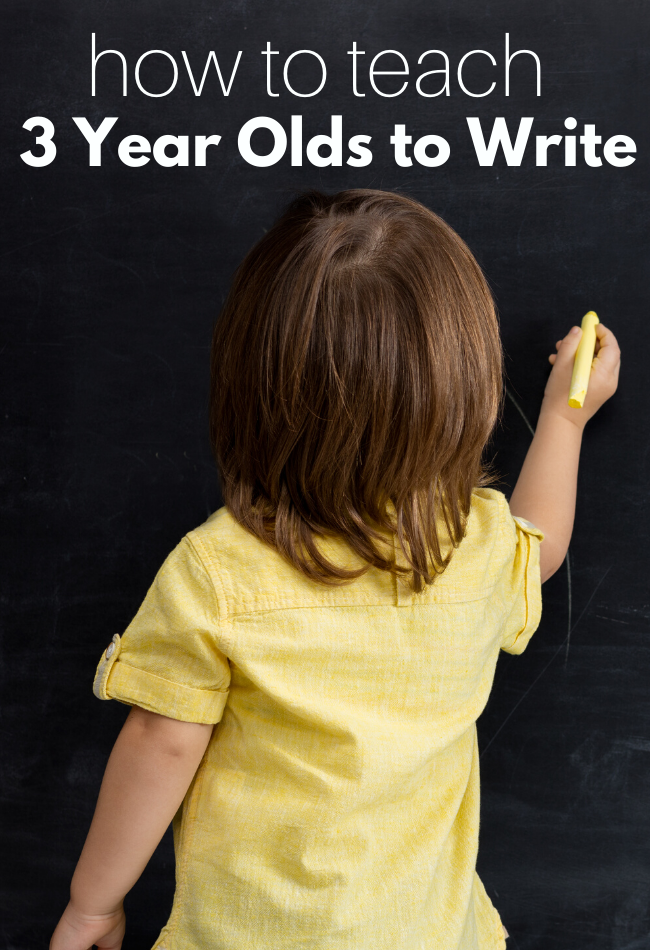
Then it's time to study the syllables. In the tower with the letter M is embedded A - and the first syllable is ma . From several towers you can lay out words. Learning is based on play. So, when replacing the vowel , house will turn into smoke .
You can start playing tower blocks from the age of two. At the same time, parents will not be left alone with the cubes: the kit includes a manual with a detailed description of the methodology and game options.
4. Chaplygin's dynamic cubes
Shot: Both a boy and a girl! Children's channel - We are twins / YouTube Evgeny Chaplygin's manual includes 10 cubes and 10 movable blocks. Each dynamic block consists of a pair - a consonant and a vowel. The task of the child is to twist the cubes and find a pair.
At the initial stage, as with any other method of learning to read in warehouses, the child makes the simplest words from repeating syllables: ma-ma, pa-pa, ba-ba . The involved motor skills help to quickly remember the shape of the letters, and the search for already familiar syllables turns into an exciting game. The cubes are accompanied by a manual describing the methodology and words that can be composed.
The optimal age for classes is 4-5 years. You can start earlier, but only in the game format.
5. Doman's cards
Frame: My little star / YouTube American doctor Glenn Doman suggests teaching children not individual letters or even syllables, but whole words. Parents name and show the child the words on the cards for 1-2 seconds. In this case, the baby is not required to repeat what he heard.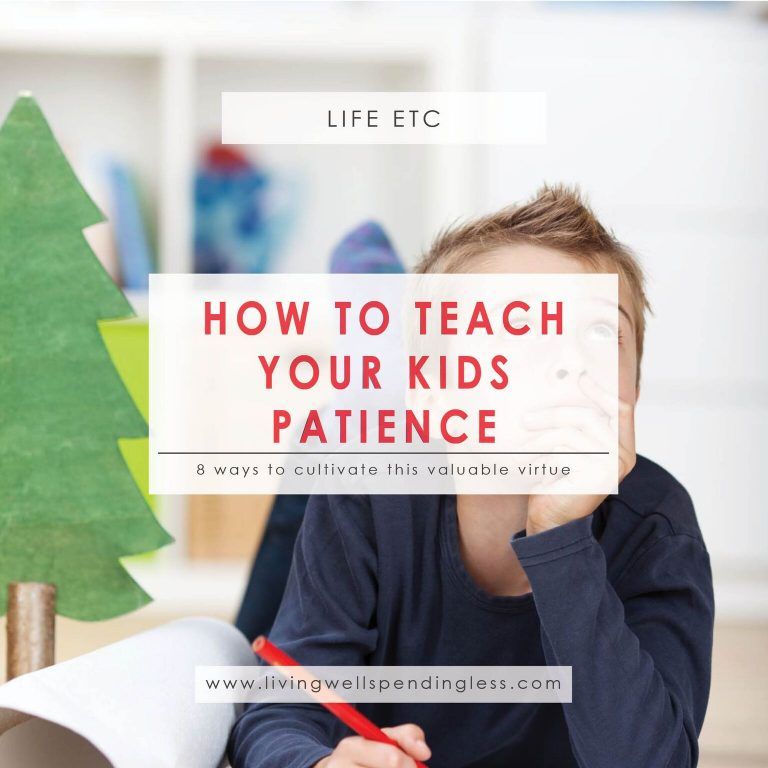
Classes start with 15 cards with the simplest concepts like females and males . Gradually, the number of words increases, those already learned leave the set, and the child begins to study phrases: for example, color + object, size + object.
How can one understand that a child has understood and memorized the visual image of a word, if the author of the methodology recommends starting classes from birth? Glenn Doman in "The Harmonious Development of the Child" strongly emphasizes that it is not necessary to arrange tests and checks for the child: kids do not like this and lose interest in classes.
It's better to remember 50 cards out of 100 than 10 out of 10.
Glenn Doman
But given that parents can't help but check, he advises the child to play the game if they want and are ready. For example, you can put a few cards and ask to bring one or point to it.
Today, psychologists, neurophysiologists and pediatricians agree that the Doman method is aimed not at teaching reading, but at mechanical memorization of visual images of words.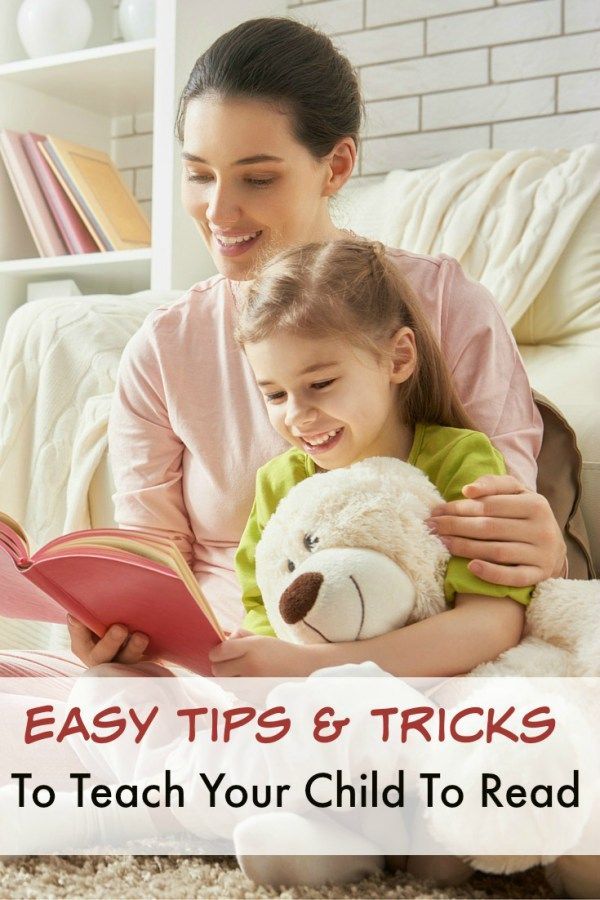 The child turns out to be an object of learning and is almost deprived of the opportunity to learn something on his own.
The child turns out to be an object of learning and is almost deprived of the opportunity to learn something on his own.
It is also worth adding: in order to proceed to the stage of reading according to Doman, parents need to prepare cards with all (!) Words that are found in a particular book.
6. Montessori method
Photo: Kolpakova Daria / ShutterstockMontessori reading comes from the opposite: first we write and only then we read. Letters are the same pictures, so you first need to learn how to draw them and only then engage in pronunciation and reading. Children begin by tracing and shading the letters, and through this, they memorize their outline. When several vowels and consonants have been studied, they move on to the first simple words.
Much attention is paid to the tactile component, so children can literally touch the alphabet cut out of rough or velvety paper.
The value of the method lies in learning through play.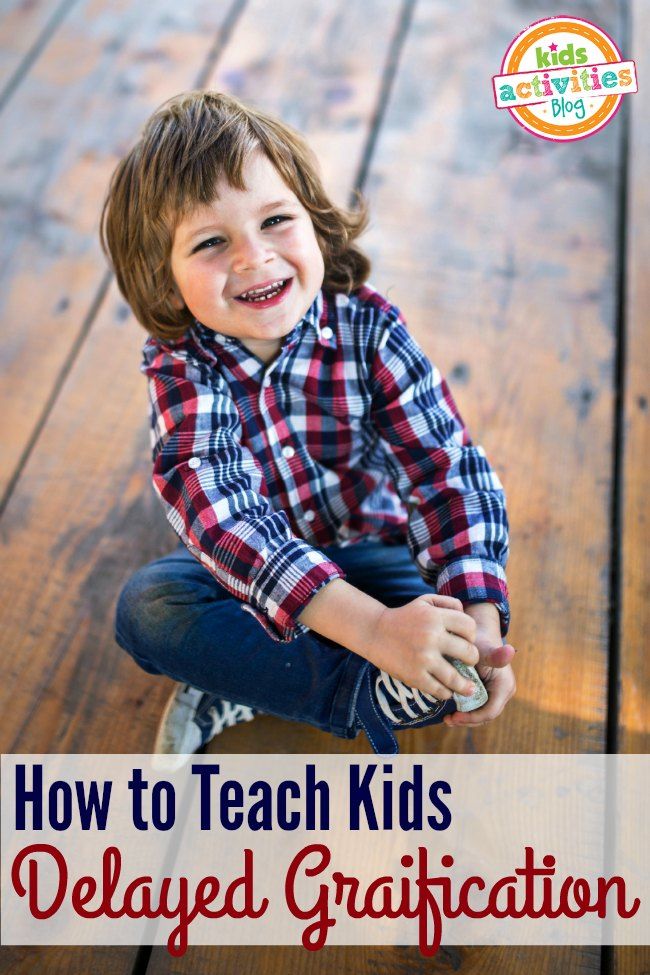 So, you can put a rough letter and a plate of semolina in front of the child and offer to first circle the sign with your finger, and then repeat this on the semolina.
So, you can put a rough letter and a plate of semolina in front of the child and offer to first circle the sign with your finger, and then repeat this on the semolina.
The difficulty for parents is to purchase or prepare a significant amount of handouts. But you can try to make cards with your own hands from cardboard and sandpaper.
What's the result
On the Internet and on posters advertising "educators", you will be offered ultra-modern methods of teaching your child to read at three, two years old or even from birth. But let's be realistic: a happy mother is needed a year, not developmental classes.
The authors of the methods as one insist that the most natural learning process for a child is through play, and not through classes in which the parent plays the role of a strict controller. Your main assistant in learning is the curiosity of the child himself.
Some children will study for six months and start reading at three, others have to wait a couple of years to learn in just a month. Focus on the interests of the child. If he likes books and pictures, then primers and Folders will come to the rescue. If he is a fidget, then cubes and the Montessori system are better suited.
In learning to read, everything is simple and complex at the same time. If your child often sees you with a book, you have a tradition of reading before bed, your chances of getting your baby interested in reading will increase significantly.
See also 🧐
- How to teach a child to keep promises
- How to teach a child to say the letter "r"
- How to teach a child to ride a bicycle
- How to teach a child to swim
- How to teach a child to write
How to teach a child to read: techniques from an experienced teacher
At what age should children start learning to read?
“But still, the starting point for the first steps in this matter should not be a specific age, but the child himself.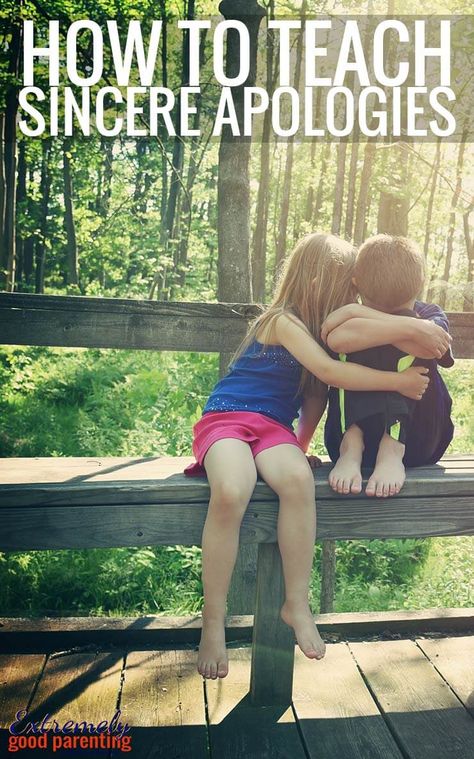 There are children who are ready to master the skill as early as 3-4 years old, and there are those who "mature" closer to grade 1. Once I worked with a boy who could not read at 6.5 years old. He knew letters, individual syllables, but he could not read. As soon as we began to study, it became clear that he was absolutely ready for reading, in two months he began to read perfectly in syllables, ”said Speranskaya.
There are children who are ready to master the skill as early as 3-4 years old, and there are those who "mature" closer to grade 1. Once I worked with a boy who could not read at 6.5 years old. He knew letters, individual syllables, but he could not read. As soon as we began to study, it became clear that he was absolutely ready for reading, in two months he began to read perfectly in syllables, ”said Speranskaya.
How to teach a child to read quickly and correctly
The first thing you need to teach your baby is the ability to correlate letters and sounds. “In no case should a child be taught the names of letters, as in the alphabet: “em”, “be”, “ve”. Otherwise, training is doomed to failure. The preschooler will try to apply new knowledge in practice. Instead of reading [mom], he will read [me-a-me-a]. You are tormented by retraining, ”the speech therapist warned.
Therefore, it is important to immediately give the child not the names of the letters, but the sounds they represent. Not [be], but [b], not [em], but [m]. If the consonant is softened by a vowel, then this should be reflected in the pronunciation: [t '], [m'], [v '], etc.
Not [be], but [b], not [em], but [m]. If the consonant is softened by a vowel, then this should be reflected in the pronunciation: [t '], [m'], [v '], etc.
To help your child remember the graphic symbols of letters, make a letter with him from plasticine, lay it out using buttons, draw with your finger on a saucer with flour or semolina. Color the letters with pencils, draw with water markers on the side of the bathroom.
“At first it will seem to the child that all the letters are similar to each other. These actions will help you learn to distinguish between them faster, ”said the speech therapist.
As soon as the baby remembers the letters and sounds, you can move on to memorizing syllables.
close
100%
How to teach your child to join letters into syllables
“Connecting letters into syllables is like learning the multiplication table. You just need to remember these combinations of letters, ”the speech therapist explained.
Naya Speranskaya noted that most of the manuals offer to teach children to read exactly by syllables. When choosing, two nuances should be taken into account:
1. Books should have little text and a lot of pictures.
2. Words in them should not be divided into syllables using large spaces, hyphens, long vertical lines.
“All this creates visual difficulties in reading. It is difficult for a child to perceive such a word as something whole, it is difficult to “collect” it from different pieces. It is best if there are no extra spaces or other separating characters in the word, and syllables are highlighted with arcs directly below the word, ”the speech therapist explained.
According to Speranskaya, cubes with letters are also suitable for studying syllables - playing with them, the child will quickly remember the combinations.
Another way to gently help your child learn letters and syllables is to print them in large print on paper and hang them all over the apartment.
“Hang them on the refrigerator, on the board in the nursery, on the wall in the bathroom. When such leaflets are hung throughout the apartment, you can inadvertently return to them many times a day. Do you wash your hands? Read what is written next to the sink. Is the child waiting for you to give him lunch? Ask him to name which syllables are hanging on the refrigerator. Do a little, but as often as possible. Step by step, the child will learn the syllables, and then slowly begin to read,” the specialist said.
Speranskaya is sure that in this way the child will learn to read much faster than after daily classes, when parents seat the child at the table with the words: "Now we will study reading ..."
“If it is really difficult for you to give up such activities, then pay attention that the nervous system of preschoolers is not yet ripe for long and monotonous lessons. Children spend enormous efforts on the analysis of graphic symbols. Learning to read for them is like learning a very complex cipher. Therefore, it is necessary to observe clear timing in such classes. At 5.5 years old, children are able to hold attention for no more than 10 minutes, at 6.5 years old - 15 minutes. That's how long one lesson should last. And there should be no more than one such “lessons” a day, unless, of course, you want the child to lose motivation for learning even before school,” the speech therapist explained.
How to properly explain to a child how to divide words into syllables
When teaching a child to divide words into syllables, use a pencil. Mark syllables with a pencil using arcs.
close
100%
“Take the word dinosaur. It can be divided into three syllables: "di", "but", "zavr". The child will read the first syllables without difficulty, but it will be difficult for him to master the third. The kid cannot look at three or four letters at once. Therefore, I propose to teach to read not entirely by syllables, but by the so-called syllables. This is when we learn to read combinations of consonants and vowels, and we read the consonants separately. For example, we will read the word "dinosaur" like this: "di" "but" "for" "in" "p" The last two letters are read separately from "for". If you immediately teach a child to read by syllables, he will quickly master complex words and move on to fluent reading, ”the speech therapist is sure.
In a text, syllables can be denoted in much the same way as syllables. Vowel + consonant with the help of an arc, and a separate consonant with the help of a dot.
Naya Speranskaya gave parents a recommendation to memorize syllables/syllable fusions for as long as possible, and move on to texts only when the child suggests it himself.
“If a preschooler is not eager to read, then there is no need to put pressure on him. Automate syllables. Take your time. Learning should take place gradually, from simple to complex. The reading technique develops over time, ”added Speranskaya.
Another important clarification from the speech therapist: when the child begins to read words and then sentences, parents need to clarify the meaning of what they read.

